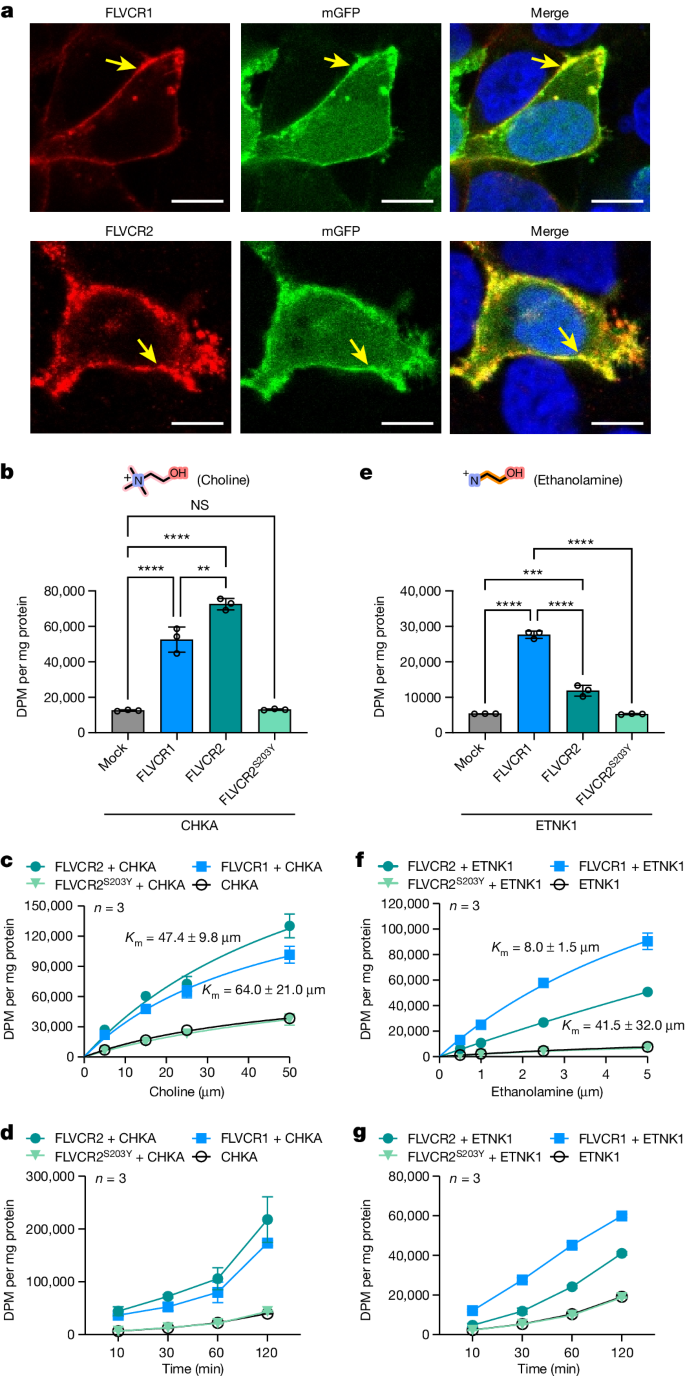2024-05-23 カリフォルニア大学バークレー校(UCB)
<関連情報>
- https://news.berkeley.edu/2024/05/23/tracking-down-the-genetic-causes-of-lupus-to-personalize-treatment/
- https://rupress.org/jem/article/221/8/e20232005/276771/Large-scale-mutational-analysis-identifies-UNC93B1
大規模な変異解析により、マウスとヒトにおいてTLRを介した自己免疫を促進するUNC93B1変異体が同定される
Large-scale mutational analysis identifies UNC93B1 variants that drive TLR-mediated autoimmunity in mice and humans
Victoria E. Rael,Julian A. Yano,John P. Huizar,Leianna C. Slayden,Madeleine A. Weiss,Elizabeth A. Turcotte,Jacob M. Terry,Wenqi Zuo,Isabelle Thiffault,Tomi Pastinen,Emily G. Farrow,Janda L. Jenkins,Mara L. Becker,Stephen C. Wong,Anne M. Stevens,Catherine Otten,Eric J. Allenspach,Devon E. Bonner,Jonathan A. Bernstein,Matthew T. Wheeler,Robert A. Saxton,Undiagnosed Diseases Network,Bo Liu,Olivia Majer,Gregory M. Barton
Journal of Experimental Medicine Published:May 23 2024
DOI:https://doi.org/10.1084/jem.20232005
Nucleic acid–sensing Toll-like receptors (TLR) 3, 7/8, and 9 are key innate immune sensors whose activities must be tightly regulated to prevent systemic autoimmune or autoinflammatory disease or virus-associated immunopathology. Here, we report a systematic scanning-alanine mutagenesis screen of all cytosolic and luminal residues of the TLR chaperone protein UNC93B1, which identified both negative and positive regulatory regions affecting TLR3, TLR7, and TLR9 responses. We subsequently identified two families harboring heterozygous coding mutations in UNC93B1, UNC93B1+/T93I and UNC93B1+/R336C, both in key negative regulatory regions identified in our screen. These patients presented with cutaneous tumid lupus and juvenile idiopathic arthritis plus neuroinflammatory disease, respectively. Disruption of UNC93B1-mediated regulation by these mutations led to enhanced TLR7/8 responses, and both variants resulted in systemic autoimmune or inflammatory disease when introduced into mice via genome editing. Altogether, our results implicate the UNC93B1-TLR7/8 axis in human monogenic autoimmune diseases and provide a functional resource to assess the impact of yet-to-be-reported UNC93B1 mutations.


